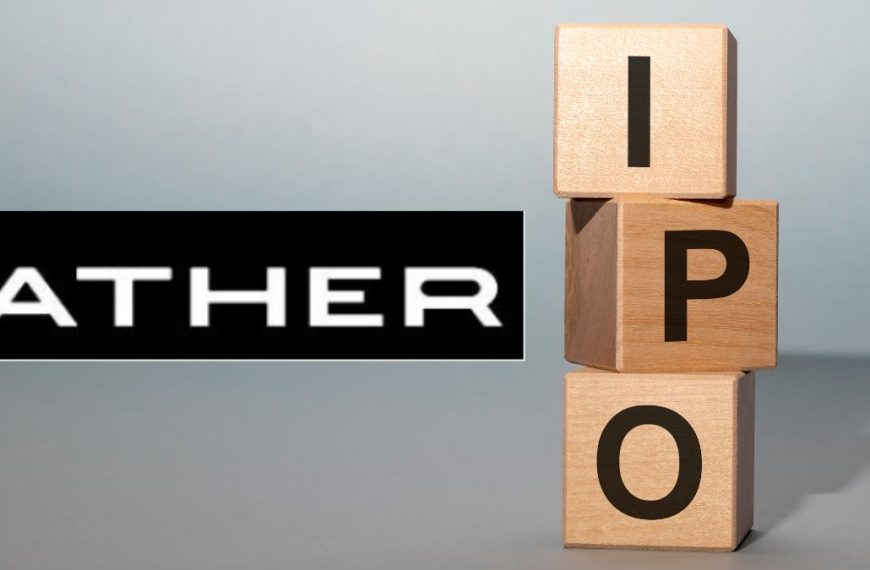Ather Energy, an emerging player in the electric two-wheeler market, has been making waves since its inception over a decade ago. Founded by two IIT graduates, the company aims to revolutionize the two-wheeler industry with its innovative electric scooters. According to Tarun Mehta, co-founder and CEO, Ather Energy seeks to mirror the transformative impact of the Honda Activa, which debuted in 2001. Today, Ather stands as the fourth largest electric two-wheeler manufacturer in India by market share, trailing behind competitors like Ola Electric, Bajaj Chetak, and TVS Motors.
Ather’s IPO Journey
Established in 2013, Ather Energy is now the second electric two-wheeler manufacturer in India to go public, following Ola Electric’s IPO in August of the previous year. While Ather appears ready to capitalize on the growing electric mobility trend, the timing of its IPO comes amid significant market fluctuations. Nevertheless, Ather has reassured investors that its supply chain remains stable despite ongoing tariff conflicts.
- Focus on Cost Efficiency: Ather aims to educate consumers about the total cost of ownership and convenience associated with electric scooters.
- New Launches: The recent introduction of the Rizta family scooter reflects Ather’s strategy to expand its customer base while utilizing the same foundational platform as its popular 450 series.
Unique Selling Proposition and Competitive Edge
Unlike competitors such as Ola Electric, which rushed its models to market, Ather Energy took a meticulous approach with seven years of testing to ensure its scooters could withstand India’s diverse climatic and geographical challenges. This rigorous testing has allowed Ather’s products to stand out, often exceeding expectations in terms of performance and reliability.
- Patented Innovations: Ather has secured numerous patents, including the unique “magic-twist” function, which allows riders to decelerate by twisting the throttle clockwise.
- Lack of Government Incentives: Despite being a top contender in the e2w market, Ather has not benefited from the Production-Linked Incentive (PLI) schemes available to its rivals, which could bolster their production capabilities.
Expansion Plans and Manufacturing Facilities
Currently, Ather operates two manufacturing plants in Hosur and is gearing up to build a third facility in Aurangabad Industrial City (AURIC), with construction expected to start in May 2025. This new plant, dubbed Factory 3.0, will be constructed in two phases, with the first phase projected to finish by March 2027.
- Funding Goals: The primary aim of the IPO is to secure funds for the new factory in Chhatrapati Sambhaji Nagar, Maharashtra. Reports indicate that the proceeds will also be directed towards debt repayment and further research and development.
- Production Capacity: Once fully operational, the new facility aims to achieve an annual production capacity of 1 million units.
Competitive Landscape and Future Prospects
As Ather faces increasing competition from various home-grown electric two-wheeler manufacturers, it is essential for the company to innovate continuously. Just two months ago, Ultraviolette Automotive launched its performance e-scooter, the Tesseract, and India’s first electric enduro bike, the Shockwave. In September, Ather announced plans for two new platforms: the Zenith platform for e-motorcycles targeting the 150-300cc segment, and the EL platform, which aims to provide a more affordable option.
- Stable Growth: Despite a slower growth pace compared to some competitors, Ather has demonstrated that a methodical approach can lead to stability and long-term success.
- Investor Confidence: The company raised ₹1,340 million from anchor investors prior to its IPO, signaling strong investor interest.
In conclusion, Ather Energy is strategically positioning itself for future growth and market dominance in the electric two-wheeler sector. With a focus on innovation, reliability, and expanding manufacturing capabilities, Ather is not just participating in the electric mobility revolution but is also setting benchmarks for the industry.











